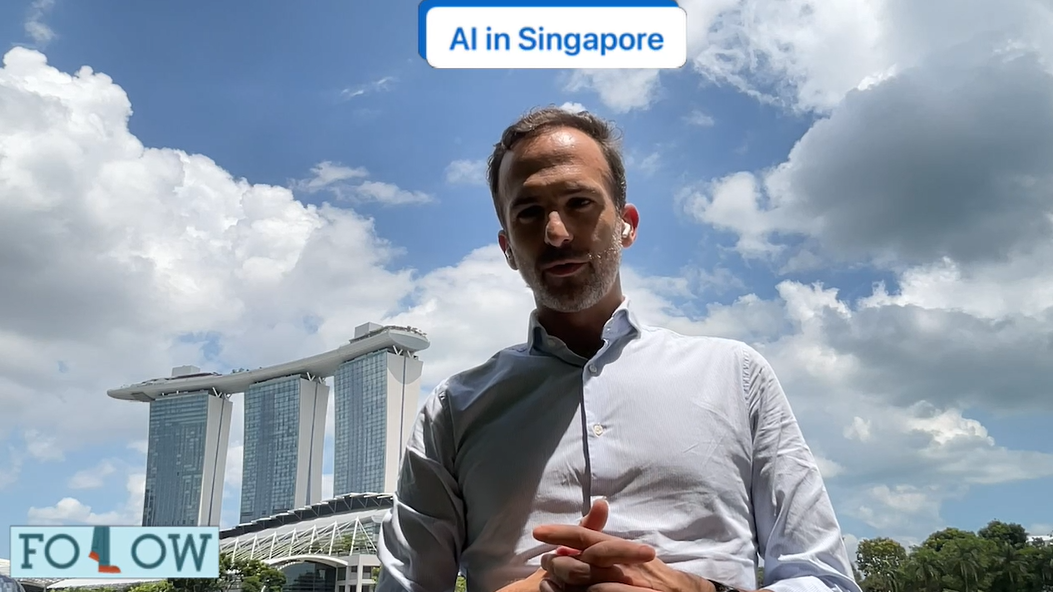In a recent weekly video update, Edouard de Mézerac, Artefact APAC CEO, reported that Singapore's Deputy Prime Minister announced “a substantial investment of one billion Singapore dollars (approximately 750 million USD) over the next three to five years to bolster the country's AI capabilities.”
This initiative isn’t just another push towards AI development; it reflects Singapore’s strategic approach to integrate AI into its core industries. Two aspects stand out in Singapore’s AI strategy: business application and regulatory foresight.
The “100 AI Experiments” strategy
Singapore’s approach emphasizes practical business applications of AI. The “100 AI Experiments program funds companies with promising AI projects that can demonstrate a return on investment within three years,” enthuses Edouard. This initiative ensures that AI developments are not just theoretical but are directly contributing to the economic ecosystem. The government supports these projects by providing talent and resources, with the expectation that successful projects will contribute to the open-source AI community.
The importance of an AI governance protocol
Singapore has positioned itself as a pivotal bridge between East and West, particularly in the regulatory domain. The AI governance protocol, launched in May 2022, is an MVP (Minimum Viable Product) that companies like Meta, Google, and DBS have tested. This protocol provides a pragmatic approach to AI regulation, ensuring that companies can monitor and govern their AI applications effectively. This move aligns with global regulatory trends, such as the EU’s AI Act, providing a framework that balances innovation with accountability.
The rapid evolution of generative AI in China
“Contrary to the initial perception that China lagged behind in AI, the reality is quite the opposite. Over the past eight months, over 80 large language models (LLMs) have been released, indicating a rapid pace of development. Chinese LLMs have shown significant progress in performance,” states Edouard. “Their new SuperCLUE benchmark, which assesses LLMs specifically for the Chinese language, reveals that although Chinese models are not yet on par with GPT-4, they are on par with GPT-3.5. this means they’re catching up in performance, making the Chinese AI landscape increasingly competitive.”
In addition, innovation through academic and industry partnerships, such as that between Xinhua University and tech giants Alibaba and Tencent, has led to the development of a high-parameter LLM, both open source and proprietary, underscoring the collaborative efforts driving rapid AI advances in China.
“As always, the dynamic nature of AI in China presents a challenging yet potentially rewarding landscape for global businesses.”Edouard de Mézerac, APAC CEO ARTEFACT / Data & AI
A global framework needed for multinationals
Despite these advancements, multinationals face challenges in China primarily due to the lack of a global AI framework. Many companies are hesitant to proceed with AI projects without clear guidelines. Meanwhile, local Chinese companies and startups are rapidly testing and deploying new AI applications, creating a dynamic and competitive environment.
To move forward, multinationals should establish simple, clear frameworks for AI projects. “We’re helping a few global companies do that so that China can start innovating very quickly. And let’s focus on employee-facing applications, such as knowledge management and enhanced e-commerce and social platform content, which can provide a safer and more manageable entry point into AI innovation,” specifies Edouard. “This approach will allow companies to leverage AI for internal efficiency and effectiveness while navigating the evolving regulatory landscape.”

 BLOG
BLOG






